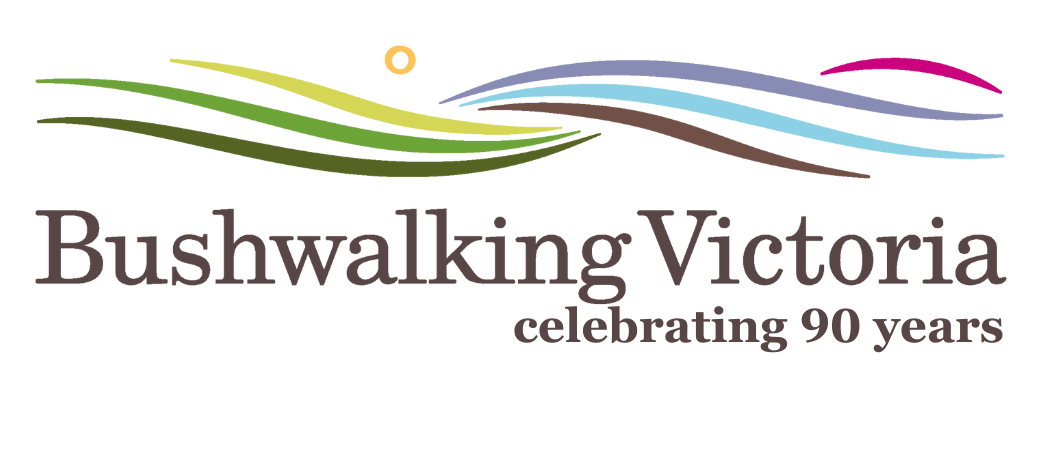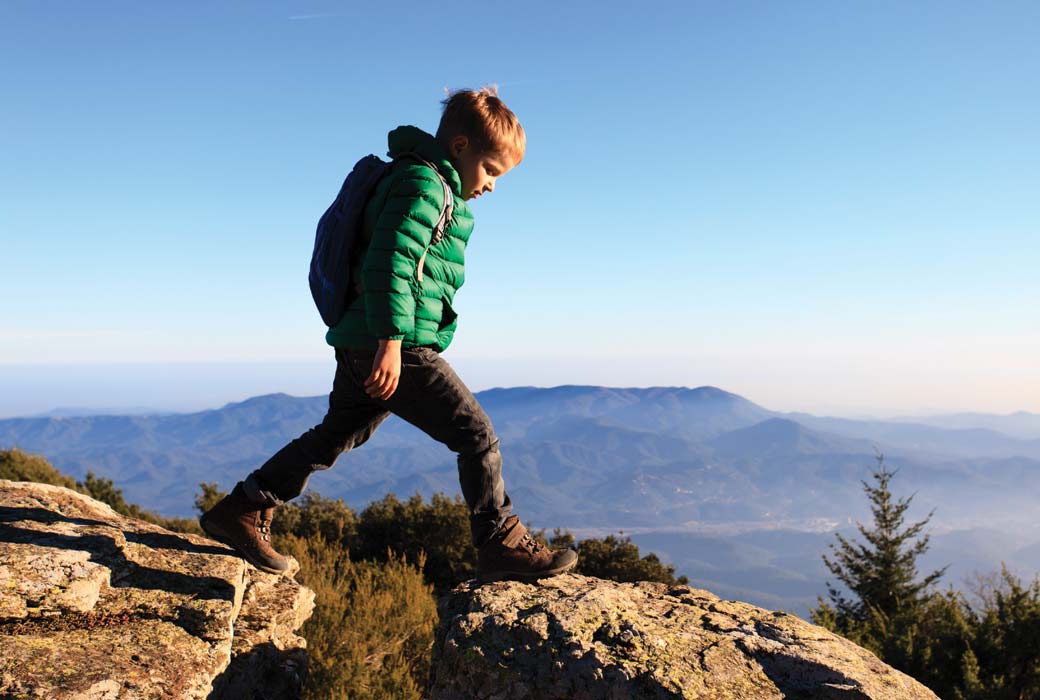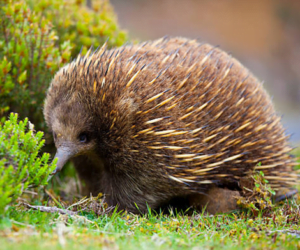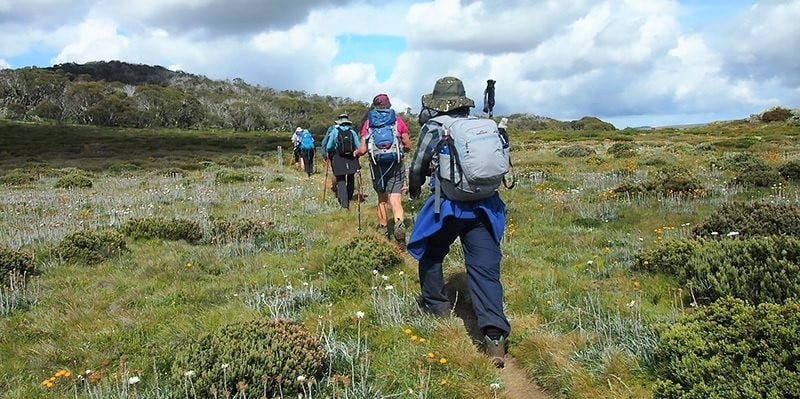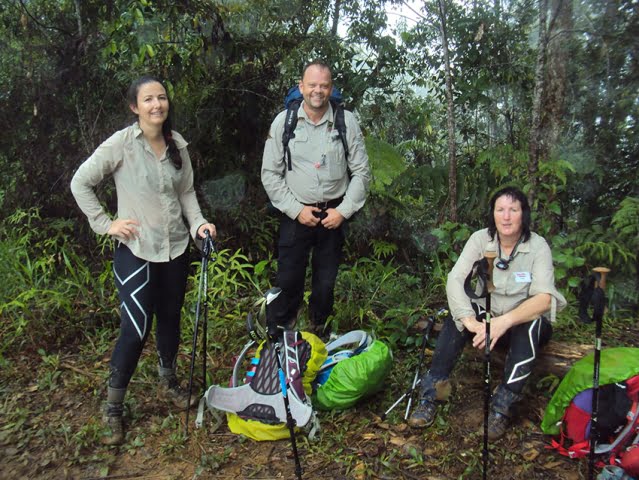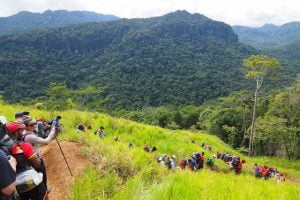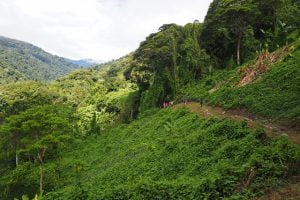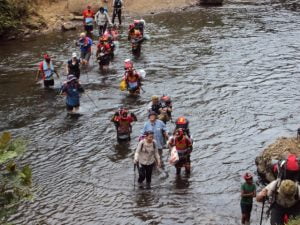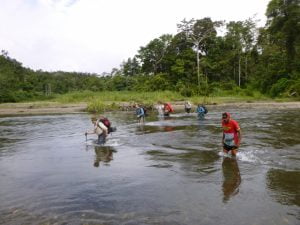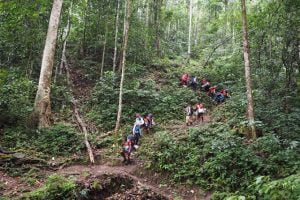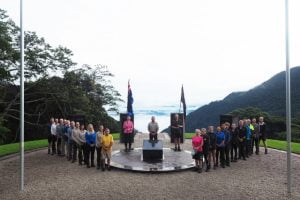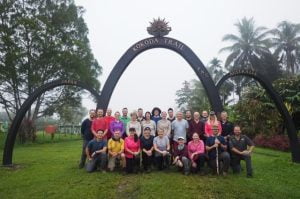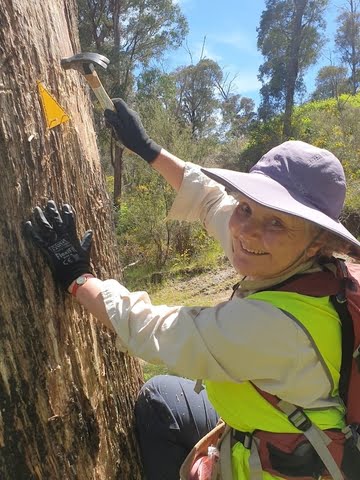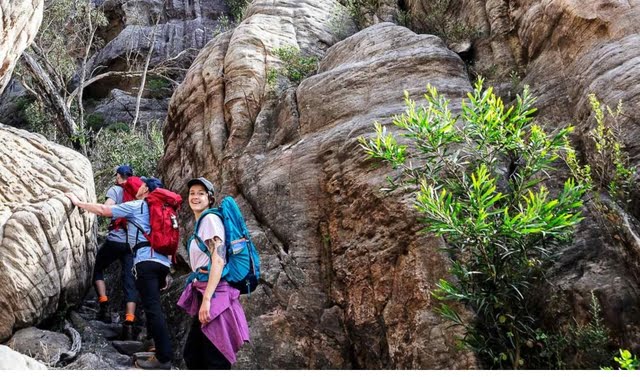
Walking into History – Making History
Way back in 1922, October and November were busy months for a small group of Melbourne women, then excluded from established walking clubs, who wanted to start a women’s walking club. On the 15th October, to ‘initially test their walking powers’, 10 intrepid women set out to walk from Warburton to Woori Yallock. In pouring rain only some started but even they quickly returned to shelter with the remaining group to await the train back home! However, this did not deter our amazing forbears for very long.
By the end of November 1922, Melbourne Women’s Walking Club (MWWC) was established with the committee and rules ratified, the Club name adopted (we narrowly avoided being called the Melbourne Ladies’ Walking Club!!) and the first walking program approved.
One hundred years later in mid-November 2022 for our final Centenary celebration, nearly 90 Club members participated in a three-day walking bonanza based at Pallotti College at Millgrove.
Our preparations were not without challenges. In the weeks leading up to the weekend recent storm damage meant that our wonderful walk leaders had to adapt and navigate trying conditions to re-scout and in part modify the planned weekend’s walk program to ensure it could safely take place.
However, the weather gods were on our side, and over the three days we were blessed with a smorgasbord of walking (13 walks in total of varying grades) – without rain and even with some sunshine! River strolls, powerful waterfalls, stunning rainforest, puffing up some hills, discovering the site of our old Club Hut at Britannia Creek, along with patches of snow, towering Mountain Ash, spectacular views, the odd snake and a few leeches successfully given the flick, all added to our experience.
I loved the variety of walks and the way the walks and activities catered for everyone.
My only complaint was that I couldn’t do all the walks that were on offer.
A special ‘Chill out’ program was offered to those members who now have more limited walking capacity or who just wanted a rest day. This program included a trip to the Rainforest Gallery, a picnic overlooking the hills and a wonderful visit to a beautiful local garden.
I was very impressed with the Chill-out program. It showed that the Club has fostered a caring community.
While our days started with meditation or gentle yoga, in the evenings we had fun. We line-danced Friday evening away led by Club members who are also ‘veteran’ line-dancers. Our Saturday evening extravaganza began with a glass of bubbly with pre-dinner nibbles and dining at tables adorned with our Centenary decorations. Organised by MWWC’s wonderful socials’ team, the entertainment included an ‘MWWC history timeline’, a quiz to stretch our grey cells and our Aussie Camino Allstars leading us in an Olivia Newton-John dancing tribute!
All of this was washed down with lovely food, a glass of wine and great conversations. After two years of COVID disruptions, the weekend offered another chance for old and new members to celebrate together, re-connect and strengthen our sense of community.
I loved the opportunity to meet, walk and socialise with lots of members I hadn’t previously met – this was a real highlight for me.
This final Centenary celebration literally finished with a BANG. On our last night the winds blew ferociously, lightning lit up the sky, thunder cracked overhead, and the rain poured down with a massive tree falling and blocking the road. Amazingly the next morning the sun shone, the road had been cleared and we left safely after a simply wonderful weekend.
It was the first time that MWWC had undertaken such an ambitious program, offering a diverse range of walks and activities to so many MWWC participants. It was a huge team effort. We are particularly grateful for the early advice and support of Robyn Shingles from Bushwalking Victoria.
The weekend was a wonderful final celebration of MWWC’s Centenary year and as a first, while we were celebrating our history, we were also making history.
The weekend was wonderful; the venue was perfect with the right mixture of spaces, superb vistas and soulfulness. It was modest and affordable and after three attempts, I finally worked out how to have a good shower!!
